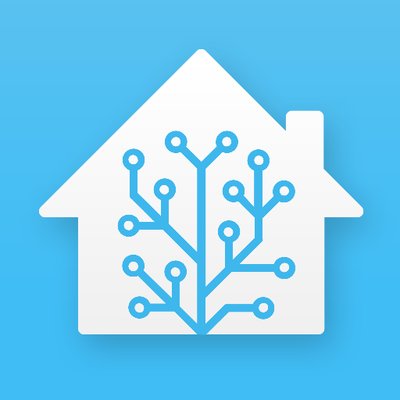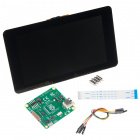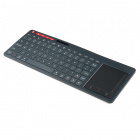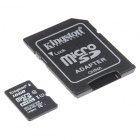Using Home Assistant to Expand Your Home Automations
Introduction
In this tutorial, you'll learn everything you need to know to get started controlling your home with Home Assistant, an open source home automation hub that puts local control and privacy first, running off of a Raspberry Pi. In this tutorial we'll cover how to set up Home Assistant, and regardless of whether you created the devices yourself or purchased off the shelf IoT devices, get them working together in harmony.
While this guide walks you through the setup of Home Assistant, this is not a tutorial about how to get the most out of Home Assistant (but a quick Google search for Home Assistant tutorials will provide you with endless links to do so).
Required Materials
To follow along with the examples in this tutorial, you will need the following pieces of hardware. You may not need everything though depending on what you have. Add it to your cart, read through the guide, and adjust the cart as necessary.
If you plan to power your ESP32 Thing Plus via a wallwart, make sure your power supply is 5V, NOT 5.1V. We have noticed a power spike in our 5.1V power supplies, that can damage the IC. Long cables can also generate a large enough voltage spike to damage the IC. We recommend keeping power supply cables shorter than 6 feet to minimize potential damage.
Optional Materials
Depending on your setup, you may also need the following.
Suggested Reading
If you aren't familiar with the following concepts, we recommend checking out these tutorials before continuing.




